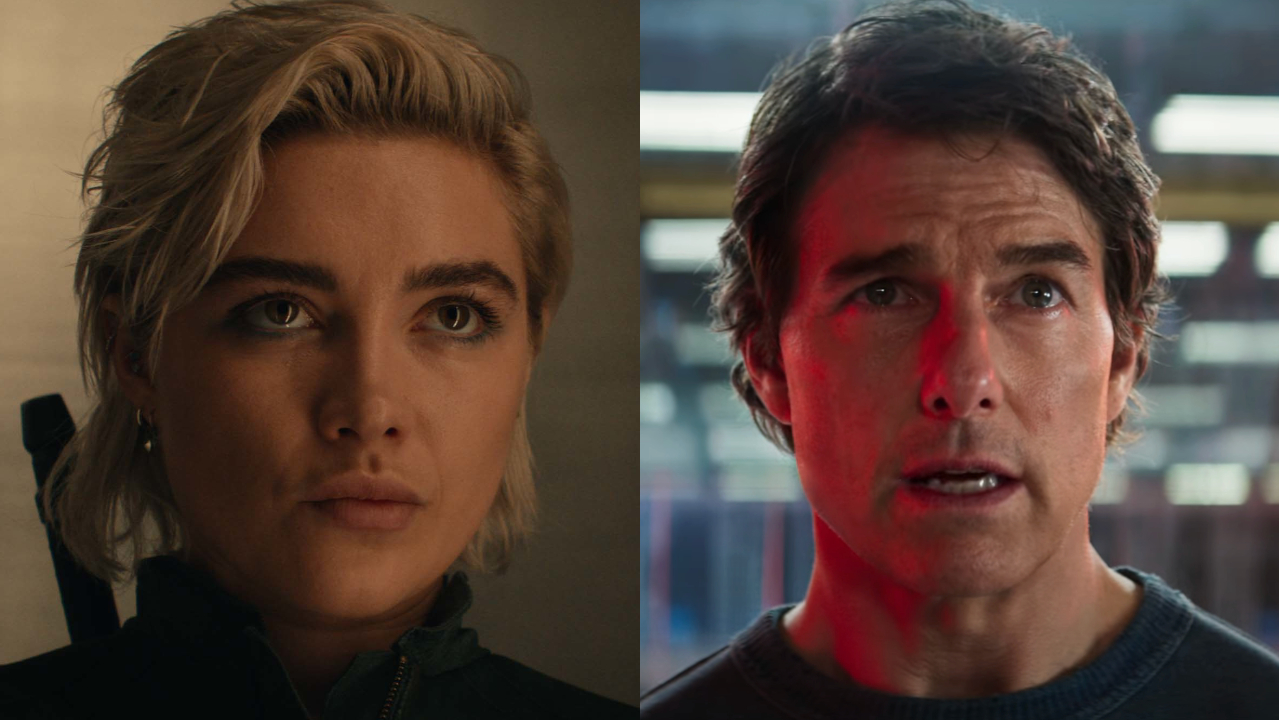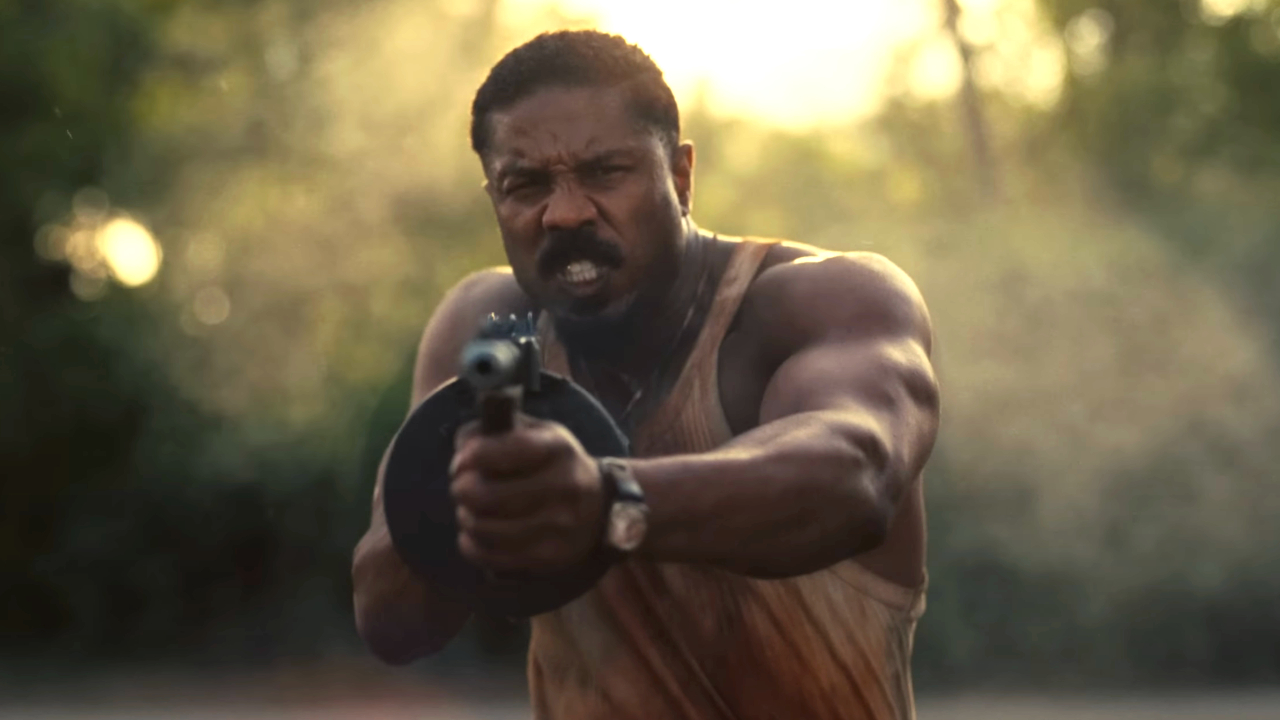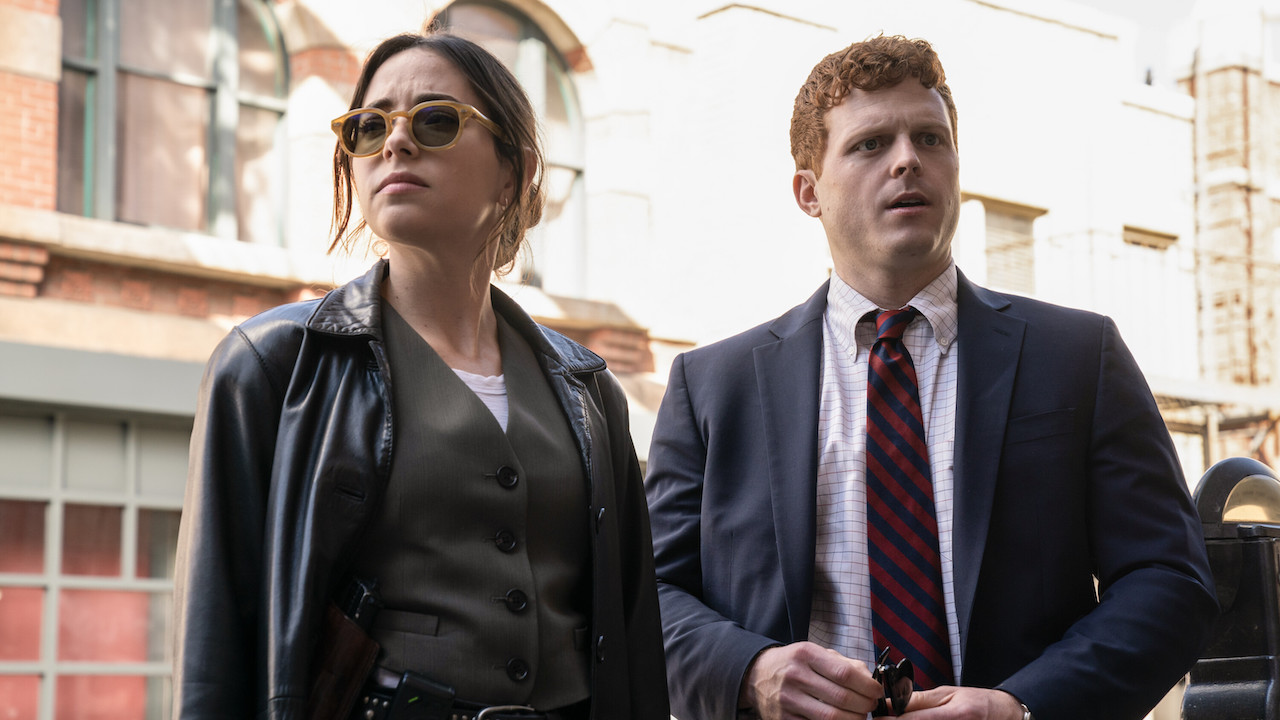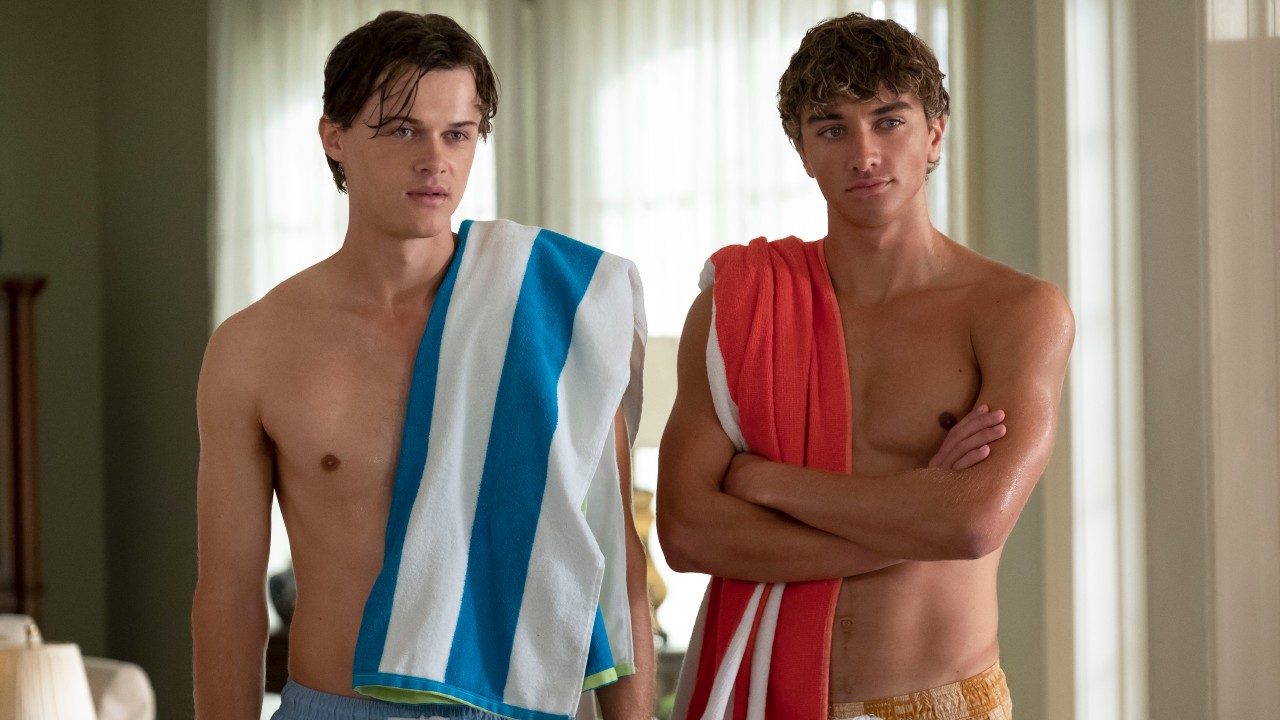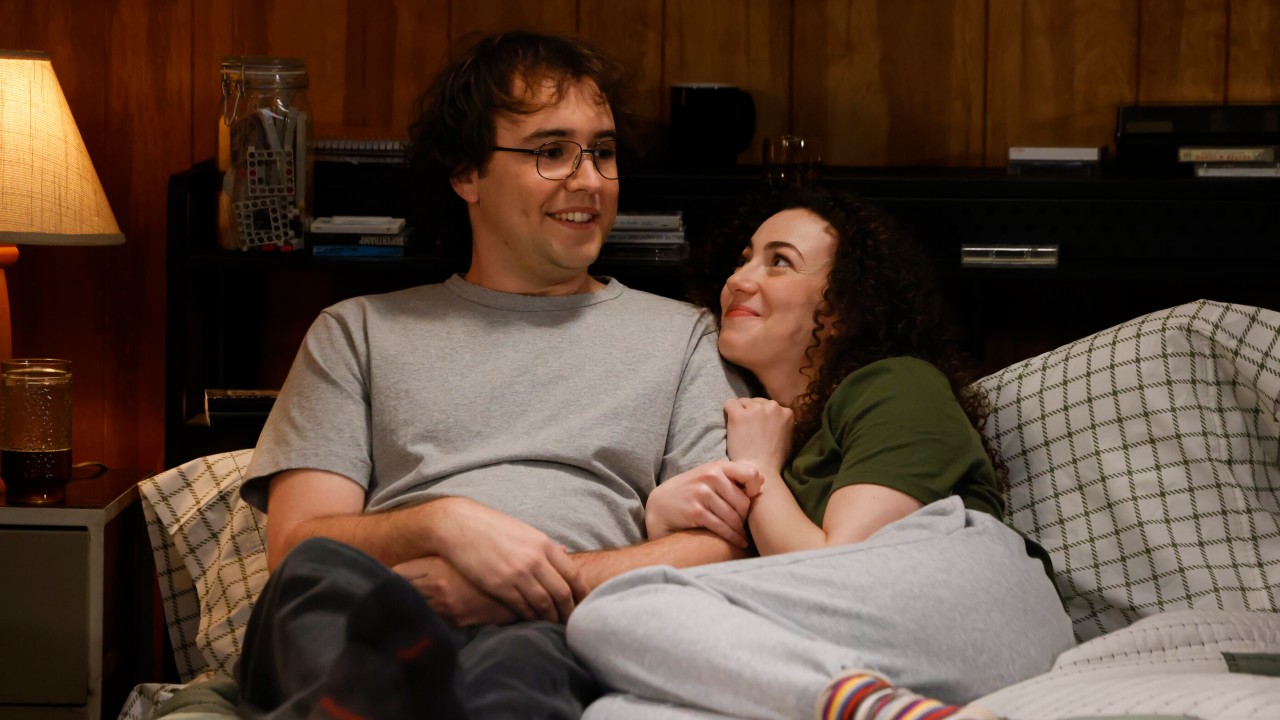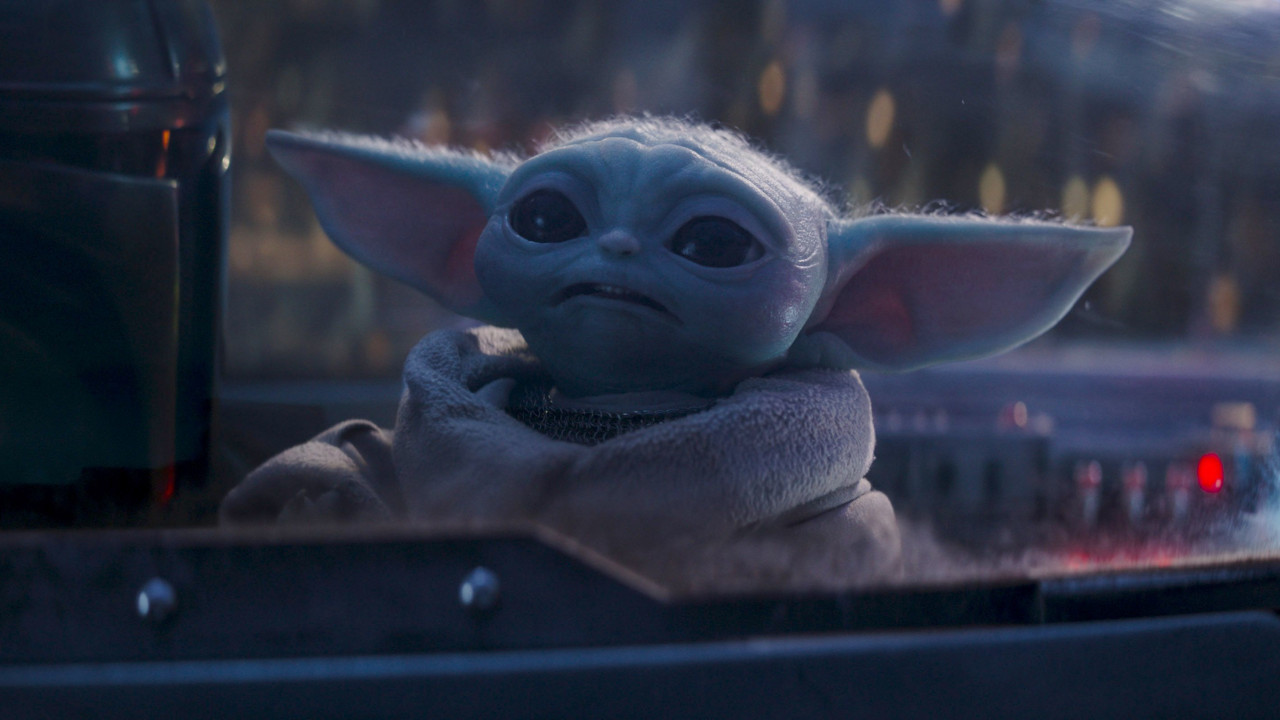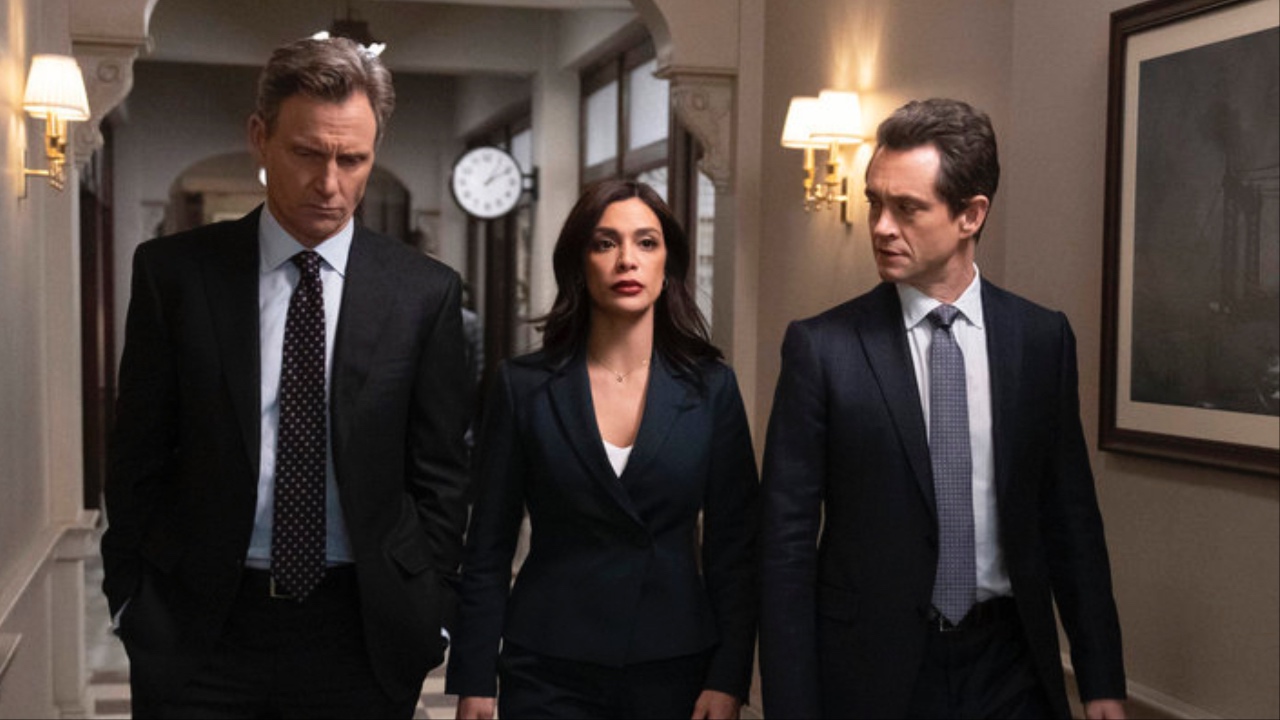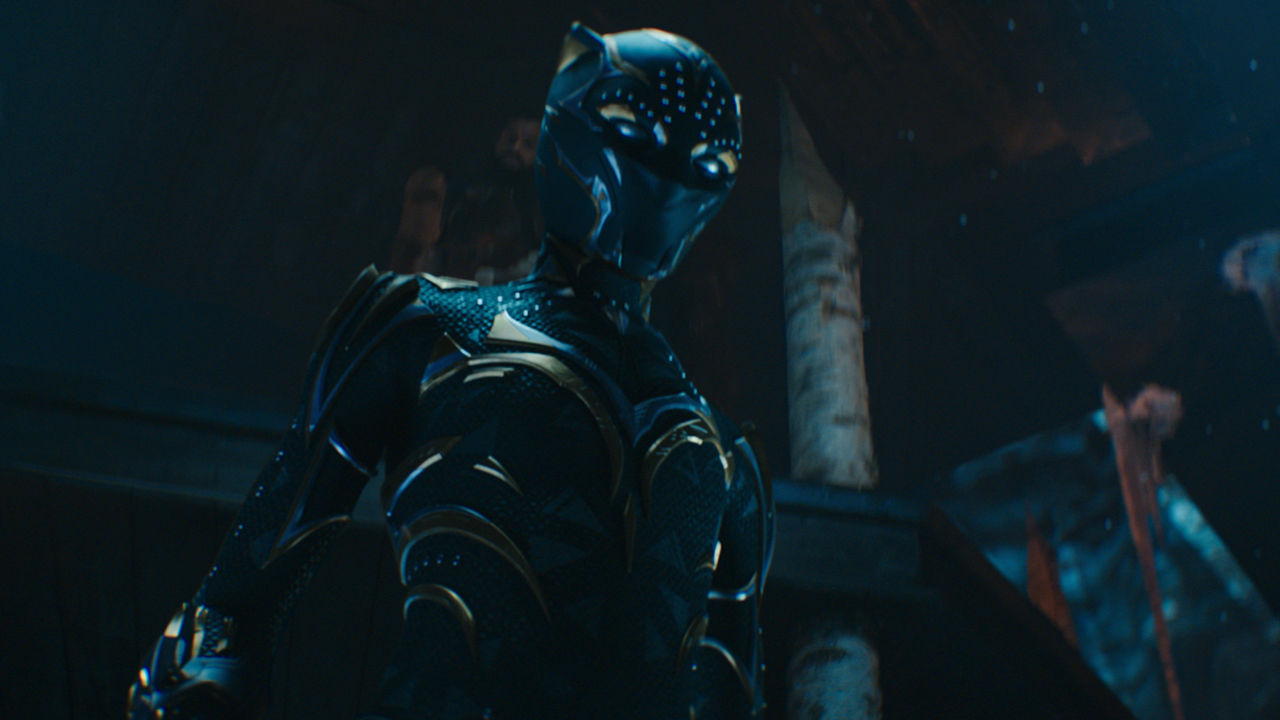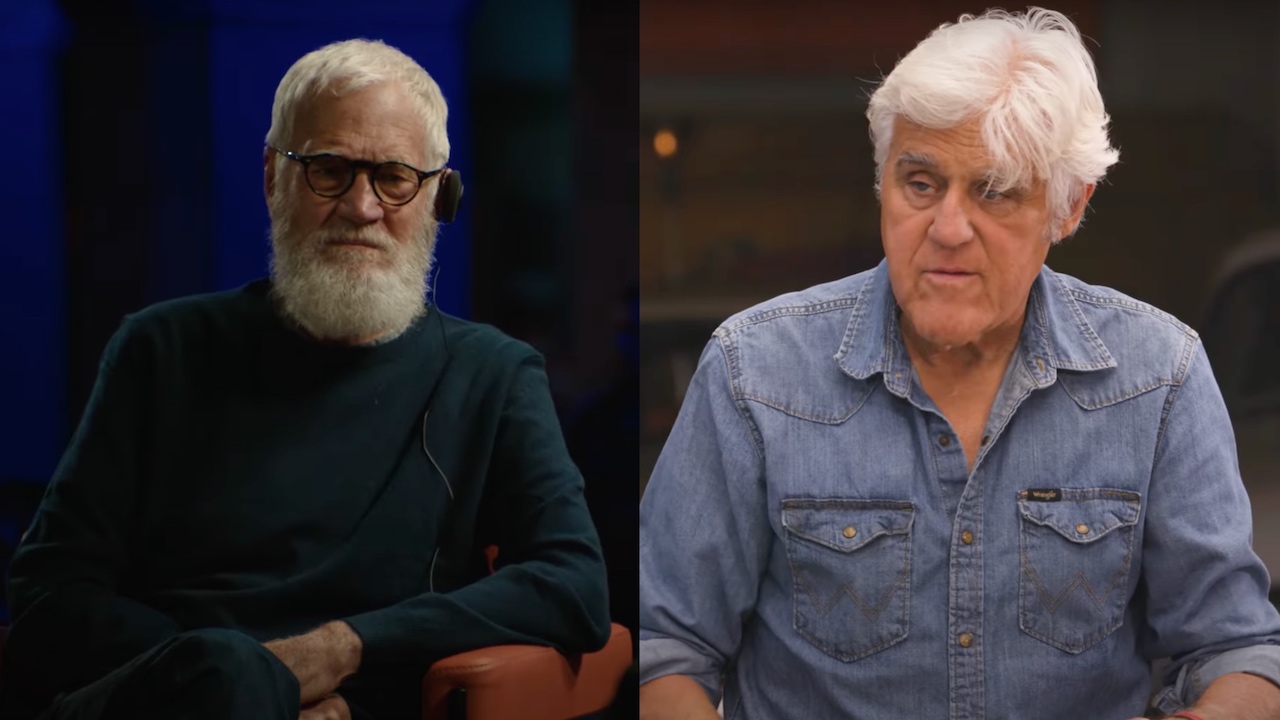The Last Of Us Director Shares Constructive Criticism For Red Dead Redemption 2
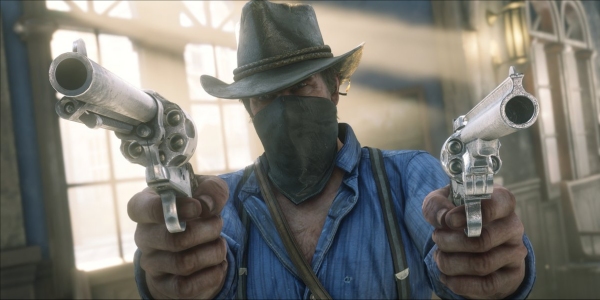
When it comes to critiquing a highly beloved and critically acclaimed game, there's always going to be a lot of contention, some strife, and pushback from people who are absolutely in love with the game. Bruce Straley, former director at Naughty Dog, found this out when he offered some constructive criticism on Red Dead Redemption 2.
GameRant does a quick summary of the back and forth Bruce Straley had with a game designer from Naughty Dog, Matthew Gallant. The two discussed the role of linearity in gaming to achieve a specific narrative outcome, versus allowing players to play freely and interact with the game as they see fit, even during story missions. Even though Straley stepped away from game design to go on a sabbatical back in September of 2017, he's still keeping up with the latest games by playing AAA titles every once in a while.
Anyway, Straley is of the perspective that open-world games promising freedom shouldn't hold players so close to the block; nor should games promising such freedom adopt the habit of forcing players through missions and carrying out objectives in restrictive ways. Straley even gives an example of how this diminished some of the freedom of fun within Red Dead Redemption 2 via several tweets.
This is actually a really good example of an open-world game promising non-linearity that instantly punishes you for not sticking to the linear path during story missions. Rockstar did something similar with Grand Theft Auto V, which is one of the game's biggest drawbacks. That received some fair amount of criticism for not allowing players to play out the missions the way they wanted, which was the complete opposite of how missions could be completed in the previous GTA games, especially GTA IV, which afforded players a lot of freedom in certain missions.
This kind of bifurcation of gameplay philosophy works well with separate titles, but not so well when those two juxtaposing ideas are located within the same game. Strayley points out that the sequences should be rewarding players for their creativity not punishing them for it.
And so there's a debate between Matthew Gallant and Bruce Straley about creating those epic moments and forcing players to witness them through linearity, and then allowing players to create their own moments by giving them the freedom to play through a sequence as they see fit.
This is also oftentimes a point of contention and criticism for Assassin's Creed games. In fact, Assassin's Creed III was heavily criticized for this very thing -- giving gamers tons of neat tools and options, but then always restricting them in how they used those abilities during the actual story missions.
CINEMABLEND NEWSLETTER
Your Daily Blend of Entertainment News
Straley believes that once you take away player choice, you're just left ticking boxes to start a cutscene.
He's not wrong, but it's also ironic that he holds this view when one of the most critically acclaimed games he's worked on actually utilized that model for design. I'm talking about The Last of Us, which was a very linear game that didn't afford players much choice in how they played through certain segments. But then again, The Last of Us never really pitched itself as a game where player-choice was going to be much of a factor in how the game played out, opposite of Red Dead Redemption 2.
Even still, what he's saying should be taken to heart by any developer working on an open-world game. Allowing players in some way to create emergent reactions or responses from a scenario seems like the best way to approach that style of design, similar to DayZ or No Man's Sky, where you may have certain objectives but the means of achieving them are left up entirely to the player.
Staff Writer at CinemaBlend.

